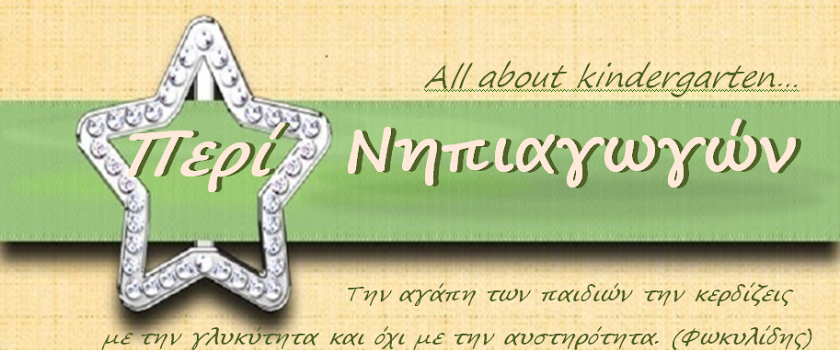Introduction for the Transformation Build
If implicitly or clearly, most of the prior work at adolescents’ peer knowledge on the age of social media has actually followed a good match “mirroring” construction, or the idea that adolescents’ event with the social media only mirror, otherwise reflect, their traditional skills. This distinct thinking suggests that adolescents’ online routines and you can fellow affairs are identical once the the individuals enacted traditional-simply in an alternate environment. They observe, after that, one into the facts teenage social media play with, we possibly may trust present peer relationships ideas and you will constructs, in addition to predict equivalent predictors and you can outcomes of fellow knowledge you to definitely are present on the internet and offline. Because teenagers create and build its on line globes, they are browsing enjoy away equivalent “offline” developmental items and you can demands (Subrahmanyam and you can Smahel 2011; Subrahmanyam et al. 2006). Eg, adolescents that are prominent offline will tend to be well-known on line (Zywica and you may Danowski 2008), and you may teens who are victimized of the their colleagues offline are most likely become victimized online, as well (Olweus 2012).
Good priework is that it doesn’t account for the value of context when you look at the framing decisions, opinions, and you will emotions- and probably adaptive character out of social network just like the an interpersonal framework for teenage fellow matchmaking
Although not, that have good mirroring design due to the fact prevalent view of adolescents’ peer knowledge via social media, insufficient appeal is given towards many very important differences when considering the fresh new traditional an internet-based surroundings, possibly stymying further are employed in this place. Therefore, brand new transformation build stands for a serious departure regarding earlier peer relations works from the positing that the social network perspective turns adolescents’ fellow event. We rely on a broad definition of alter, since provided with Merriam-Webster: “to change inside the composition or design, adjust the fresh outward function otherwise look of, [or] to improve when you look at the reputation otherwise updates; convert” (Change 2018), and you will advise that the new “transformation” from peer skills courtesy social networking usually takes a number of various forms. Significantly, which framework cannot make particular says concerning your positive, negative, or natural ramifications of such changes to your adolescents’ advancement and you may really-getting. As an alternative, it really shows that adolescents’ fellow skills try sooner or later different during the the fresh new context out of social network, delivering a vital starting point in the knowing the advanced character you to social network performs inside adolescents’ life.
The concept the unique options that come with on the web surroundings profile individuals’ event and you will practices is not the fresh. Students in the desktop-mediated communications books have long understood the methods where mediated, as opposed to old-fashioned, correspondence impacts individuals’ interpersonal knowledge (to own an evaluation, get a hold of Walther 2011). Simultaneously, media and developmental mindset scholars features sensed the ways in which the features otherwise affordances of your Internet sites and you may social media sites impression adolescents’ societal feel (boyd 2010 step 1 ), self-presentation and you may thinking-disclosure (Valkenburg and Peter 2011), and routing out of developmental tasks (Subrahmanyam and Smahel 2011; Peter and you can Valkenburg 2013). Latest product reviews have defined the risks displayed because of the social networking (Livingstone and you may Smith 2014), as well as its complete impact on adolescents’ better-getting (Top et al. 2014), psychosocial advancement (Peter and you may Valkenburg 2013; Spies Shapiro and you may burger ainsi que al. 2013). Within the organizational psychology profession, McFarland and you may Ployhart (2015) enjoys has just advised a “contextual structure” from social media. Which framework refers to social media as the a massive, “omnibus” (we.e., excellent) framework and you will describes unique top features of social networking, otherwise “ambient stimulus,” that comprise the latest discrete (we.elizabeth., lower top) context of social networking. It select 7 stimulus most strongly related to organizational contexts and you may argue these particular stimulus get influence principle and exercise about providers behavior.
